Who doesn’t want bigger harvests, faster-growing plants, and fewer diseases in a hydroponic system? I know I certainly do! But here’s the truth: none of that happens if you ignore climate control.
In my initial years, I believed that the solution was to feed the plants with the appropriate solution containing the right nutrients and monitor the pH balance in hydroponics. However, as time passed by, I came to learn that plants breathe, sweat, and metabolize as much as we do, and they are very sensitive to the surrounding climate.
Three factors in hydroponics are of the greatest concern regarding the environment, and they include temperature, CO2, and prevention of mold. Get these three pillars on and you reap with green plants and huge harvests. Neglect them and you will either encounter stunted growth or an outbreak of moulds or flowering issues.
So, in this article, I’m going to share everything I’ve learned about climate control in hydroponics; breaking it down into temperature, CO₂ management and mold prevention. I’ll also explain how these three interact with each other, and why they’re far more important in hydroponics compared to soil-based gardening. By the end, you’ll see why I call climate the “invisible hand” that makes or breaks a hydroponic garden.
What is Plant Microclimate in Hydroponics?

Initially, I used to measure room temperature when I was introduced to hydroponics. Then I found out about this phenomenon called plant microclimate. It is that tiny air-bubble which surrounds the leaves, stems, and roots of your plants. Trust me, this bubble is quite unlike the feeling of temperature you have in the room.
Why Microclimate Matters
Plants constantly release water vapor through transpiration, and they absorb CO₂ from the air around their leaves. That means the microclimate is where the real action happens - not the thermostat reading on your wall.
VPD: The Secret Link
One concept that blew my mind was Vapor Pressure Deficit (VPD). Think of it as the “push and pull” between temperature and air moisture that controls how fast plants drink water and nutrients. If VPD is too high, plants dry out; too low, and they suffocate in their own moisture. When I started using VPD charts, my yields skyrocketed.
Interaction of Light, Temp, Airflow, and CO₂
Nothing in hydroponics works in isolation. Light intensity, temperature, airflow, and CO₂ all influence each other. Increase your grow light? You’ll need more CO₂. Boost your CO₂? Your plants can handle higher temperatures. Let airflow stagnate? You’ve just set the stage for mold.
That’s why hydroponics demands precision - unlike soil, which buffers mistakes, hydro systems respond instantly.
Managing Temperature in Hydroponics

Temperature is the first pillar of climate control. Plants don’t just want to “stay warm.” They want precision.
Ideal Temperature Ranges by Growth Stage
- Seedlings: 68–77°F (20–25°C). Heat promotes the development of roots.
- Vegetative stage: 70–82°F (21–28°C). This is the state when plants are starving to photosynthesize.
- Flowering and fruiting: 65–78°F (18–25°C). Moderately lower temperatures favour the production of fruits and flowering.
Whenever I let the room temperature go beyond 85°F without CO₂ supplementation, I noticed slower growth and nutrient stress. On the flip side, going too low slowed photosynthesis to a crawl.
Root Zone Temperature (RZT)
Most growers would agree with me on this - the temperature of your nutrient solution is as important as the air temperature. Roots thrive between 65–72°F (18–22°C).
- Too hot, and dissolved oxygen concentration plummets.
- Any colder and the uptake of nutrients decelerates.
That is why I invested in water chillers and in winter, small aquarium heaters. Believe me, it was a big difference to keep RZT on the track.
Day vs. Night Temperature Balance (DIF Technique)
Ever wondered why some plants grow tall and leggy while others stay compact? The DIF technique explains this. It’s simply the difference between daytime and nighttime temperatures.
-
A positive DIF (day temp higher than night) encourages stretching.
- The presence of a negative DIF (night temp equal or slightly higher) maintains plants short and compact.
Thanks to this trick, I was able to control plant shape without having to use any chemicals.
Seasonal Adjustments: Adapting to the Environment
Among the first things that I came to understand is the fact that hydroponic systems do not operate in a vacuum - they follow the seasons. During the summer months nutrient reservoirs get hot too fast and hence I am placing my trust on insulation and chillers.
During winter, particularly when in the basement or the garage, I have been forced to get small heaters to avoid root shock. Season-proofing your setup keeps you out of plant stress, trust me on this!
Tools & Technologies for Temperature Control
Grow tent air conditioners, cooling pads, and heaters are just a few of the many alternatives available. Personally, I have used the liquid-cooled LED lamps to reduce unnecessary heat production - they are miracle workers. When you are working with a smart hydroponic planter or an indoor hydroponic garden kit, most of them already have in-built fans and temperature reading capabilities.
Pro Tips for Monitoring Temperature
I would always suggest the use of more than one thermometer. Place one at the canopy, one just above the floor and one in the nutrient reservoir. This provides an actual image of the microclimate. Trusting a single sensor may also be very misleading, as heat may accumulate in the canopy, whilst the lower area is cooler.
Mould in Hydroponics

Here’s where many growers stumble. Instead of thinking only about humidity, I’ve learned it’s smarter to focus on mold itself.
Mold is the silent killer of hydroponics. It thrives in the same conditions your plants love - warmth, moisture, and stagnant air.
The trick isn’t just controlling humidity, but preventing mold at every stage.
Why Mold Matters
Mold spores exist everywhere but in a controlled hydroponic system, they can burst quickly. The most prevalent ones are powdery mildew, botrytis (bud rot) and root mould. Once they get a hold of a plant - they are like a wildfire and can erase a week of labor in a single night.
Conditions that promote Mould.
- Moistness of the air around leaves (particularly in flowering).
- Lack of air circulation - stagnant air allows spores to settle.
- Reduced light penetration- dark leaves remain wet.
- Nutrient deficiencies that cause stress to plants and reduce their resistance.
In other words, mold isn’t caused by “humidity alone” but by a perfect storm of light, moisture, and air circulation.
Prevention Strategies
-
Airflow is king: Fans at multiple heights keep air moving. I aim for a gentle “leaf dance,” where leaves move slightly.
-
Prune smartly: Thin overcrowded canopies so air and light reach lower leaves.
Keep surfaces clean: Dead leaves, algae, and standing water are mould magnets. -
Dehumidify at the right time: The flowering stage is when molds risk peaks, so I always run dehumidifiers then.
Early Warning Signs
Look out for:
- Leaves: whitish spots on the leaves.
- Stems or flowers have brown, spongy areas.
-
Musty smell near the canopy.
Catching these early means you can treat them before they spread.
How to Manage Outbreaks
This is the approach I take on when there’s mold involved:
-
If it’s a mild case: I boost the ventilation, cut off infected foliage and change the environment a bit.
-
If it’s somewhere between mid and severe: I resort to organic fungicides such as potassium bicarbonate or sometimes turn to neem oil.
-
If the case is severe: Take out infected plants entirely - it helps avoid infection in others.
I’ve had to make tough calls before, but sacrificing one plant saved an entire crop.
Preventing Recurrence
Mould has a nasty habit of coming back. After an outbreak, I always:
-
Sterilize equipment with hydrogen peroxide or bleach solution.
-
Replace or clean air filters.
-
Run a “dry cycle” with dehumidifiers before the next grow.
These measures reduce the remaining spores and make recurrence minimal.
Optimizing CO 2: Fuel For Photosynthesis

The third component of climate control is CO 2, which is the raw material of photosynthesis.
CO₂’s Role in Plant Metabolism
Plants are capable of changing light, water, CO 2 into sugars. The absence of one of these three causes a slowdown of growth. This is referred to as the law of limiting factors. That is to say, it will not do you any good to add additional CO 2 when your lighting is inadequate, or your nutrients are out.
Optimal CO 2 concentrations in Hydroponics
- Ambient air: 400–450 ppm.
- Enrichment of vegetative stage: 800 -1200 ppm.
- Flowering enrichment: up to 1500 ppm.
I maintain mine at around 1000 ppm when the plant is in vegetative stage and 1200 when in flowering; it is the happy medium of my environment.
Methods of CO₂ Enrichment
- Compressed CO 2 tanks: Accurate, consistent, and need regulators.
- Burners: Propane or natural gas, which is suitable in large grow rooms..
- Organic hacks: Yeast fermentation can be used, however, on a small scale, not long-term-sustainable.
Integration With Temperature and Light
This is where the magic occurs, increased levels of CO2 allow plants to survive in increased temperatures. Using enriched CO2, I am able to bring the temperature to 86 F without setting off stress so long as I increase the intensity of light (PPFD). It is a synergy that translates to rapid growth and plump yields.
Safety & Monitoring
Enclosed spaces can have dangerous CO 2 leakage. I strongly suggest the use of CO2 sensors that have alarms. Here, automation is all the money you need, you do not want to sit and watch the gas levels yourself.
Interplay of Climate Factors: The “Triangle of Control”
Temperature, CO₂ and prevention of mold aren’t independent - they form what I call the “triangle of control.”
- Raise temperature? Improve airflow to avoid mold.
-
Enrich CO₂= Increase airflow and light to make it effective.
Tighten airflow and prune plants? Mould risk drops dramatically.
Balancing all three is the art of hydroponics.
Tools, Technology, And Automation For Climate Control

Environmental Controllers
You can either use single-parameter controllers (just temp) or go with integrated climate computers. I’m a fan of smart sensors that let me monitor everything through an app.
Ventilation & Airflow Design
- Fresh air circulation is ensured by proper intake fans and exhaust fans.
- Carbon filters are also used in negative pressure systems to control odor and prevent entry of pathogens.
- To achieve the desired purity in the air, HEPA filters are used by high-tech growers.
Hydroponic System-Specific Considerations
- NFT systems: The fluctuation in water temperature is quicker and hence, chillers are necessary.
- DWC: Root zone oxygenation is more critical, so keep nutrient solution cool.
- Vertical farms: These face unique airflow issues since heat rises to the top layers.
Final Word
The key to having a successful hydroponics growing system is climate control. When you pin nut temperature, CO2, and mold prevention - then your plants will reward you with explosive growth and optimum harvests. It took me years of experimentation (and some failures) to realize the truth of climate not being an afterthought, but the core foundation.
Therefore, whether you are operating a small indoor hydroponic garden system or are running a large business with a smart hydroponic planter, climate should never be underestimated.
Good tools are to be invested in, checking on your conditions daily, and all modification should be done depending on the stage of growth of your plant.
Remember, plants don’t lie. When they are doing well, then your climate is right. When they are not performing, it is normally a climate problem.
So that’s it! My guide to climate control in hydroponics. Keep your VPD constant, your nutrient solution steady, your CO2 in check - and of course, keep tabs on mold formation - and you will realize the maximum of your hydroponic garden.
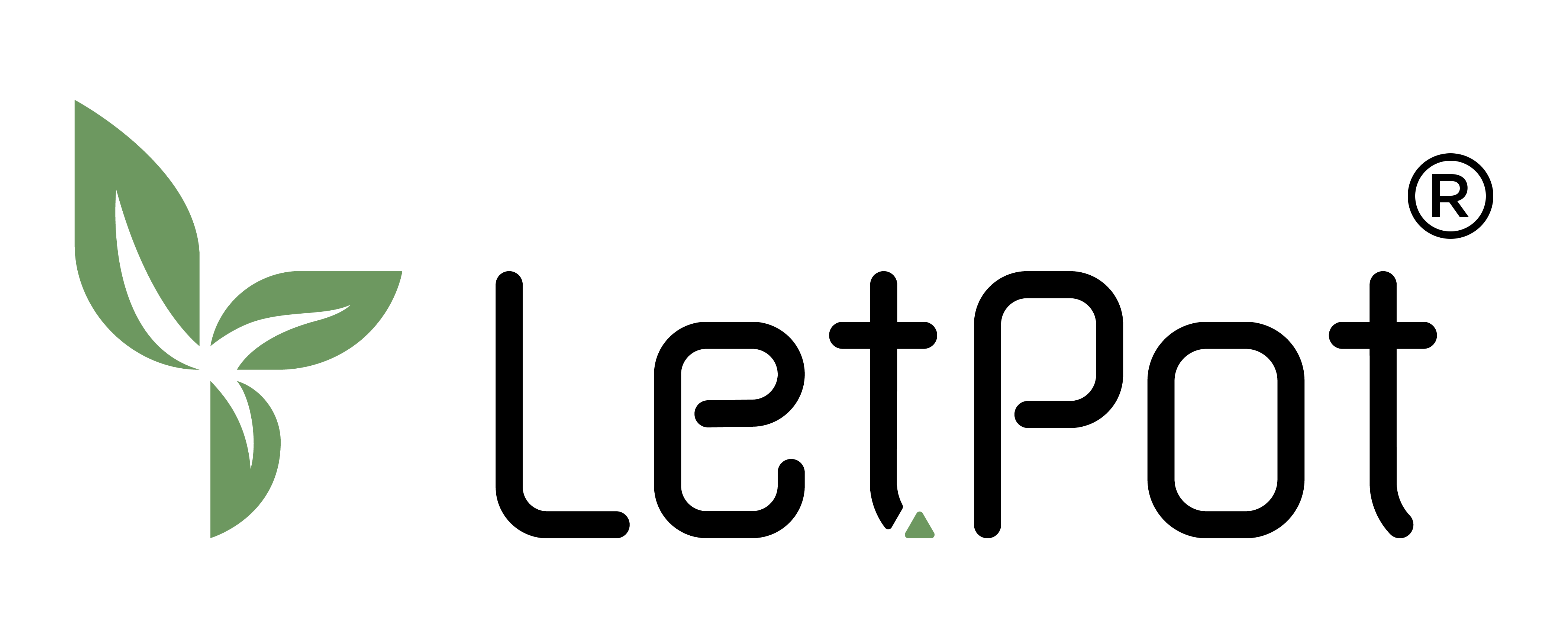
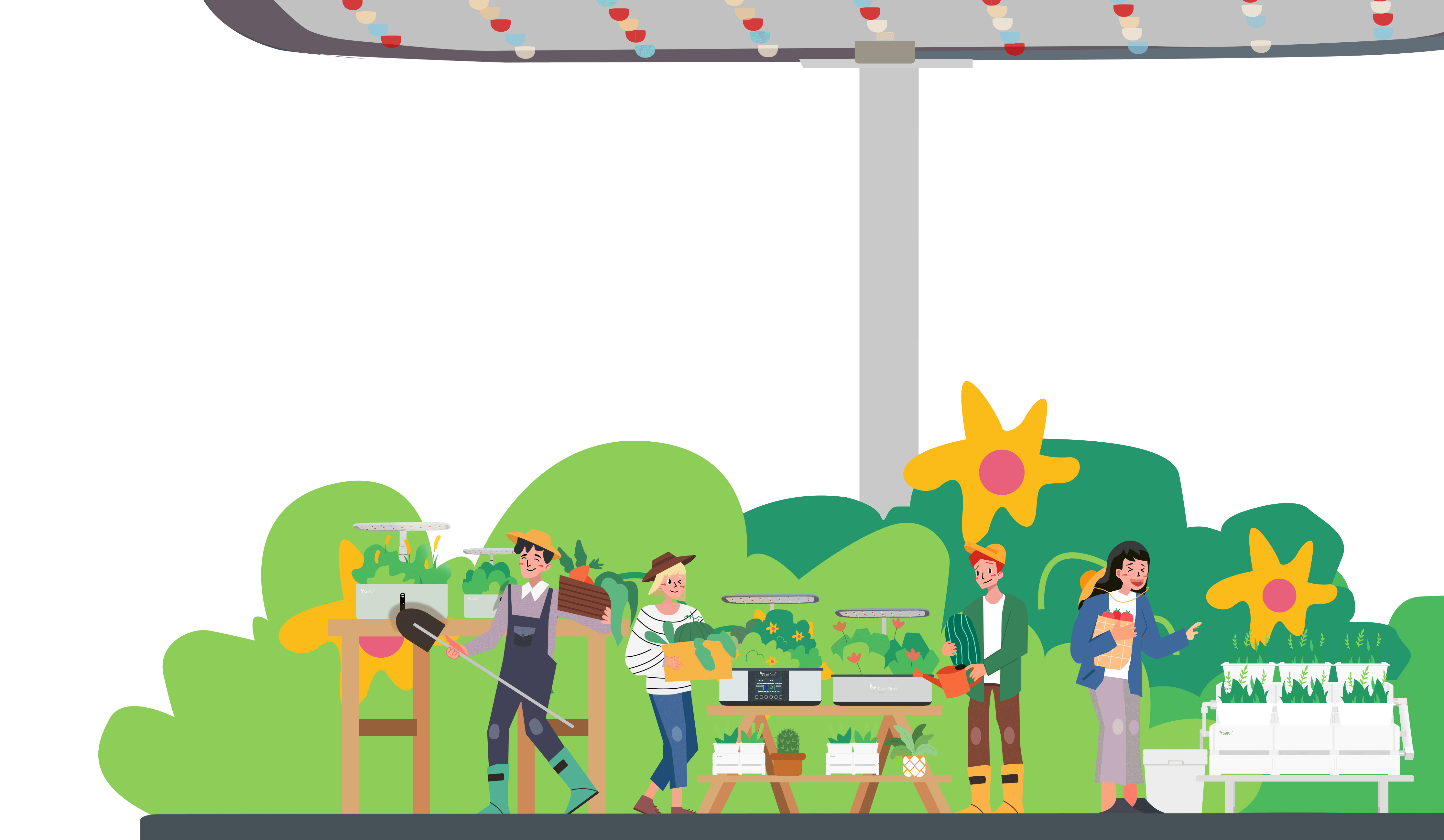
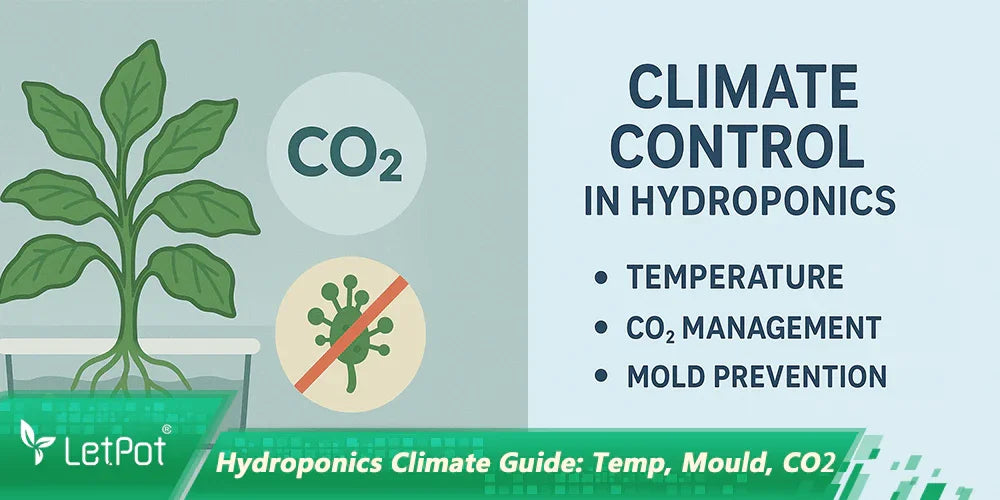
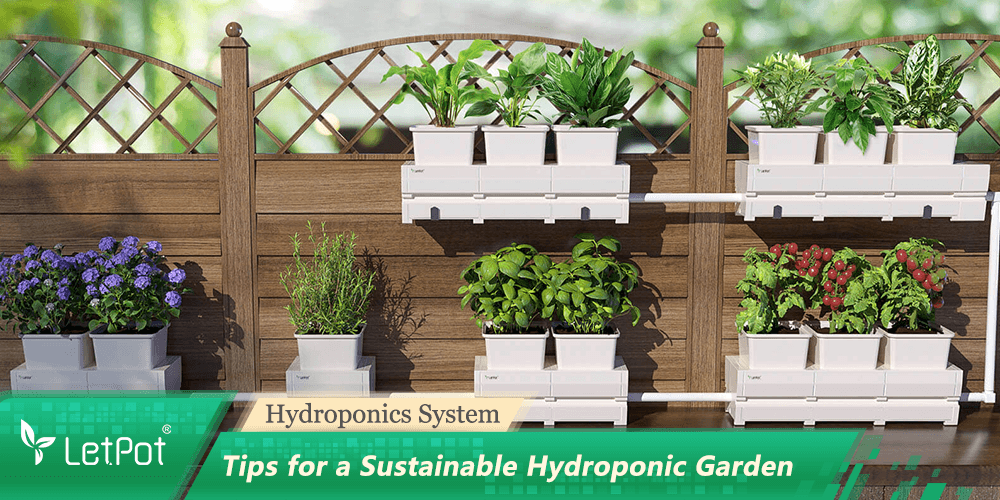
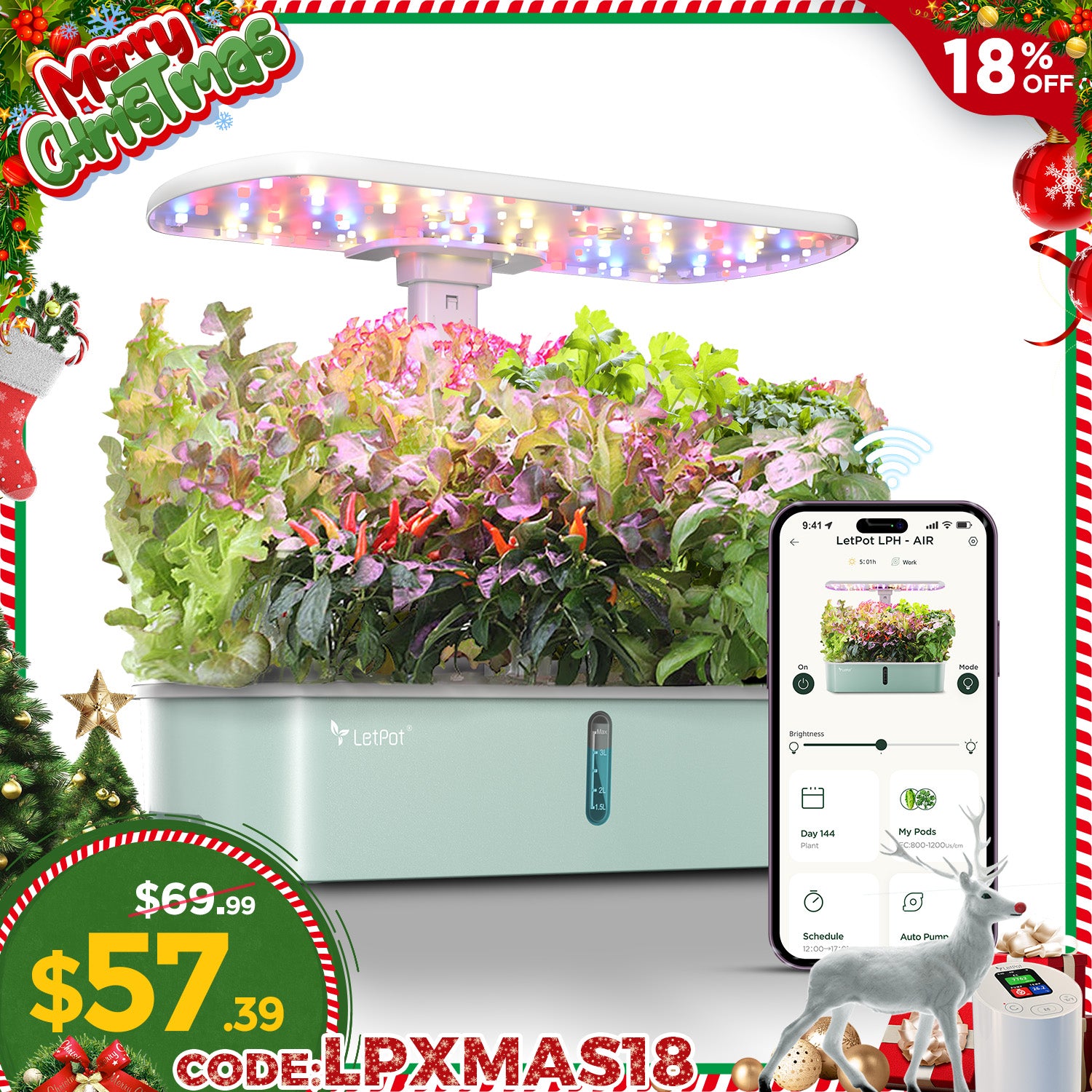
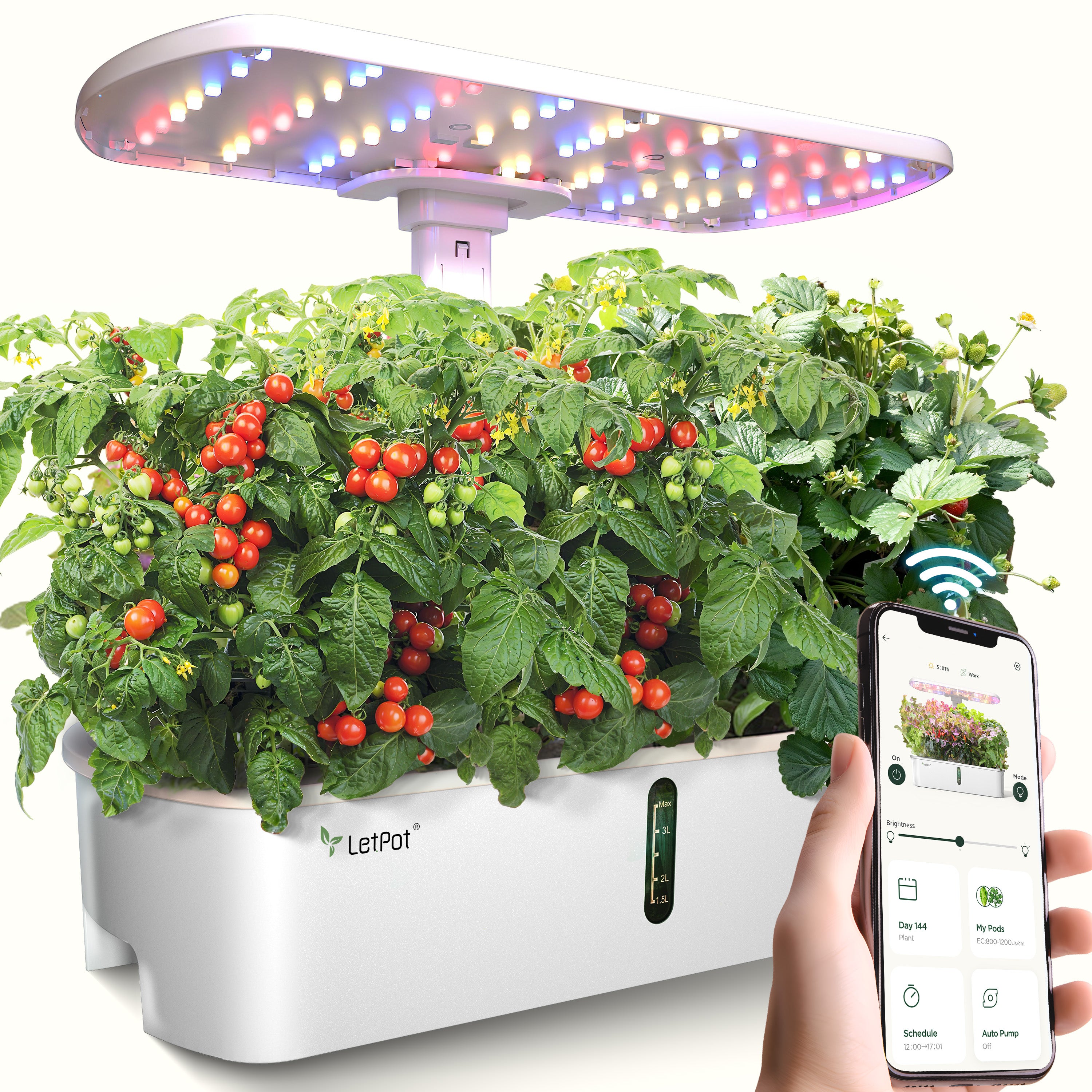
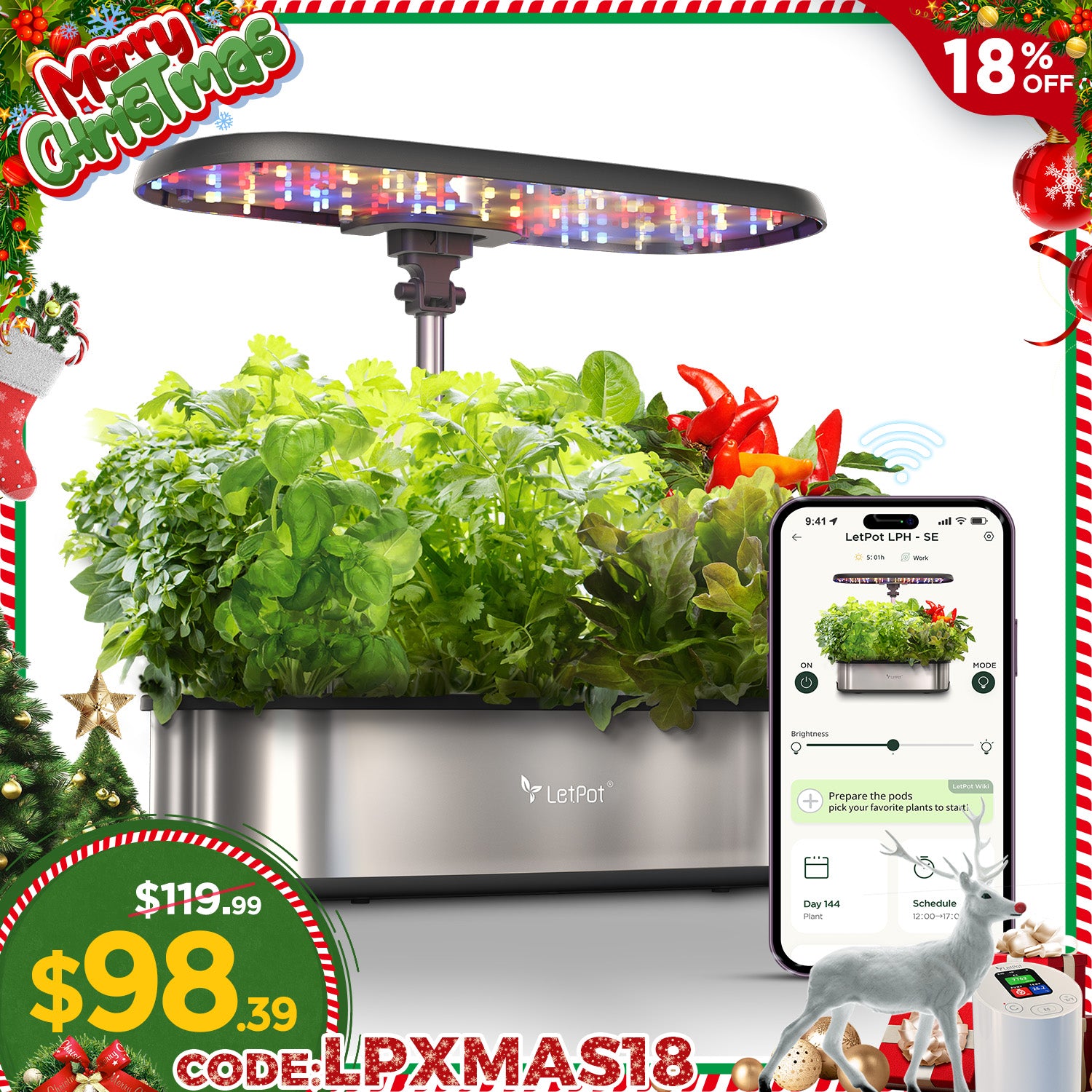
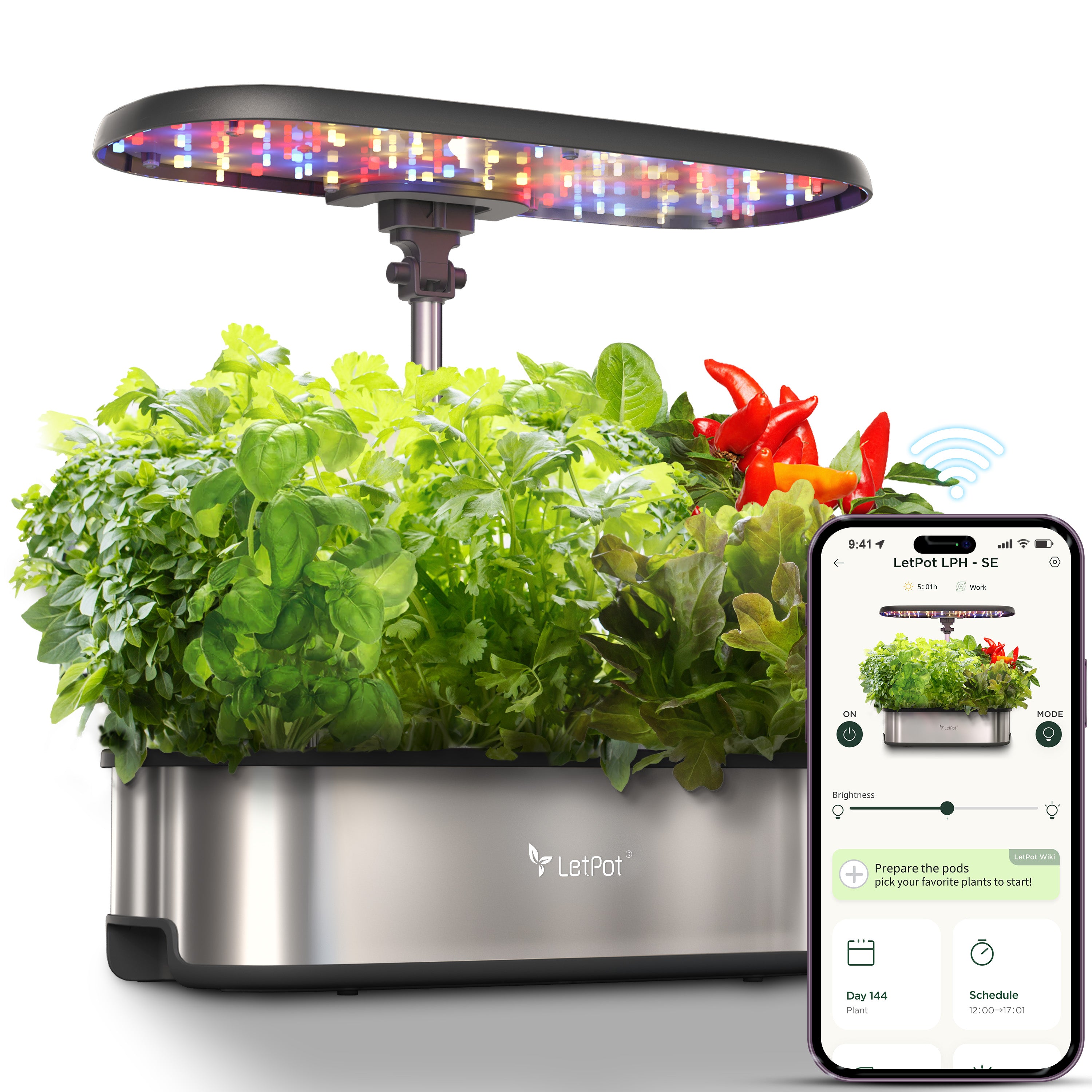
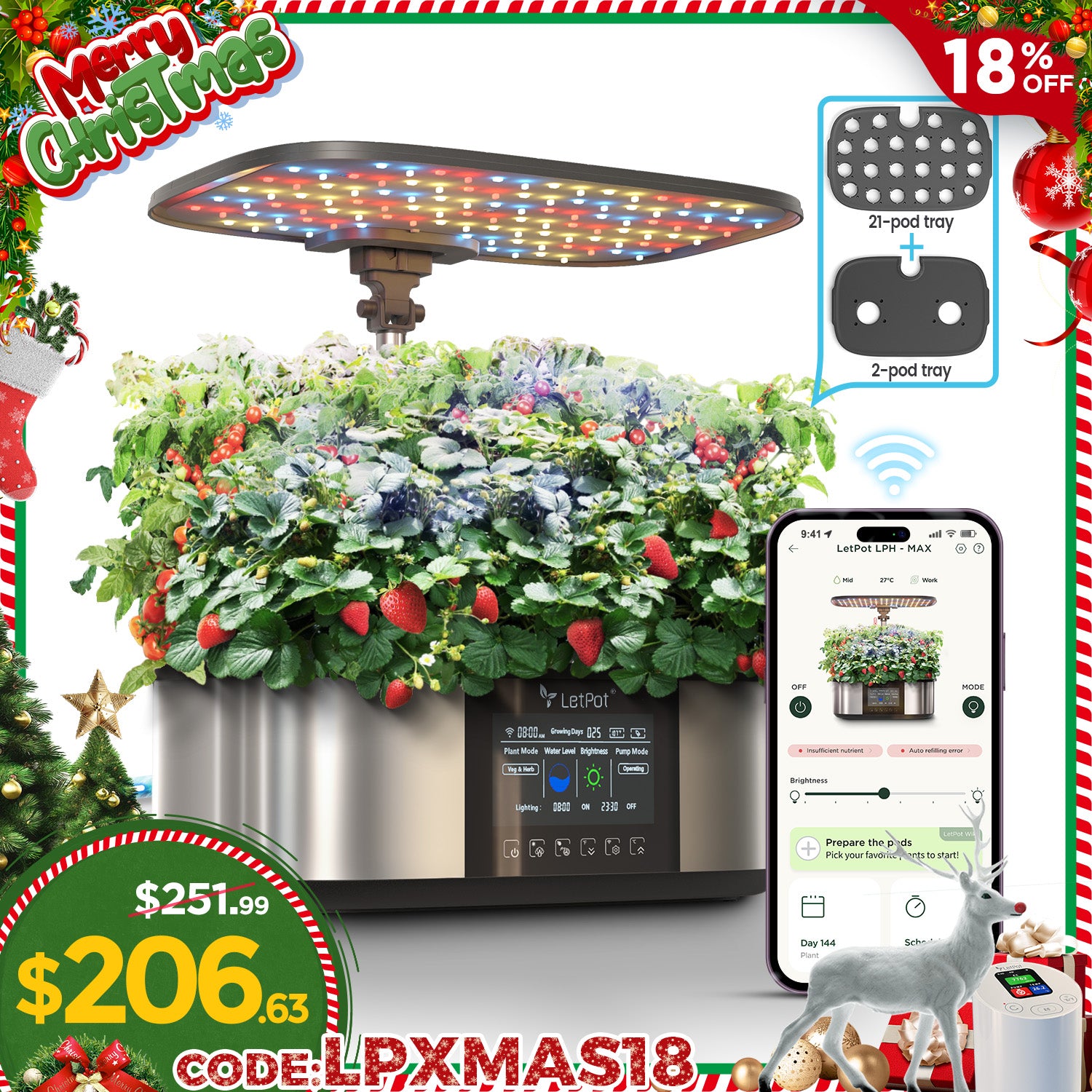
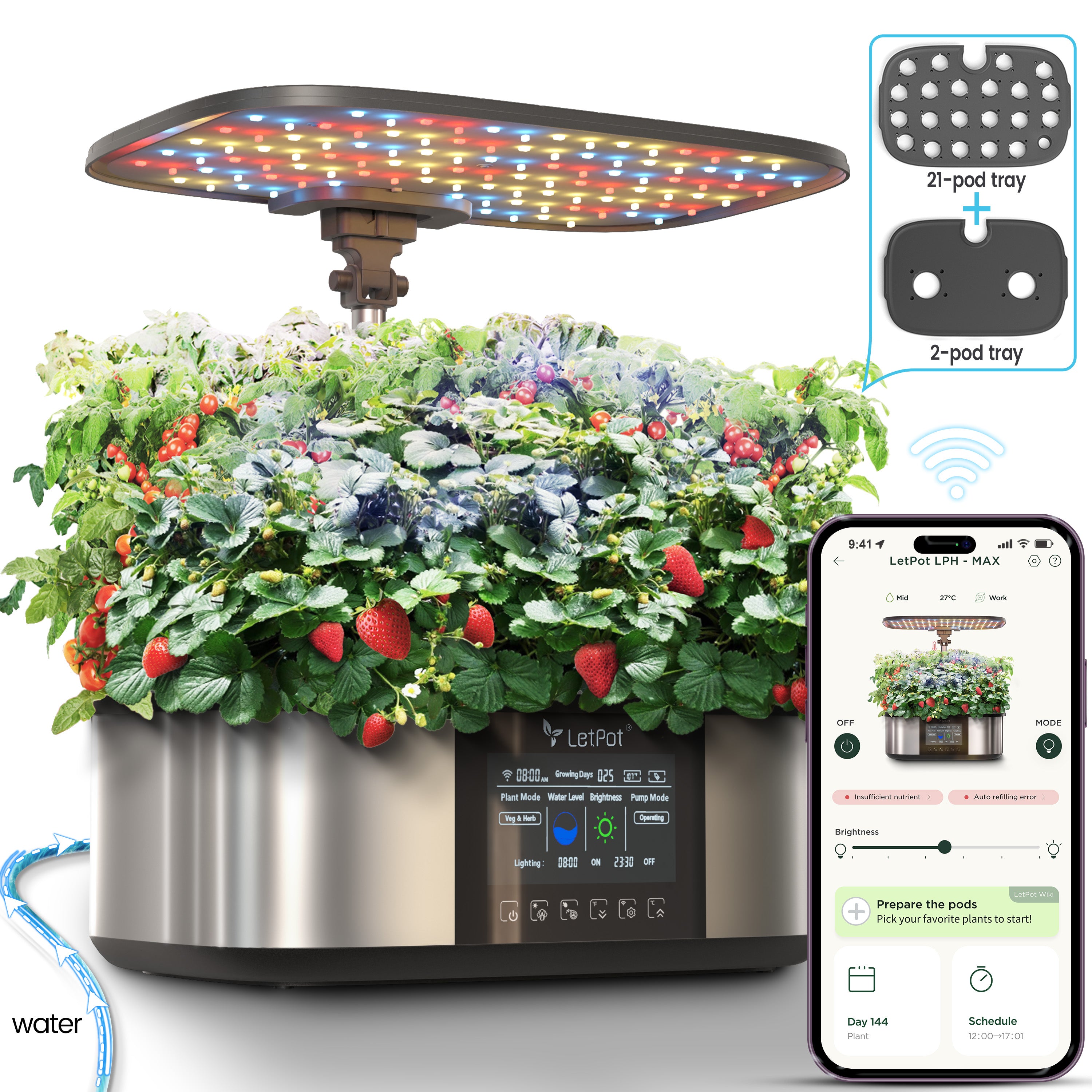
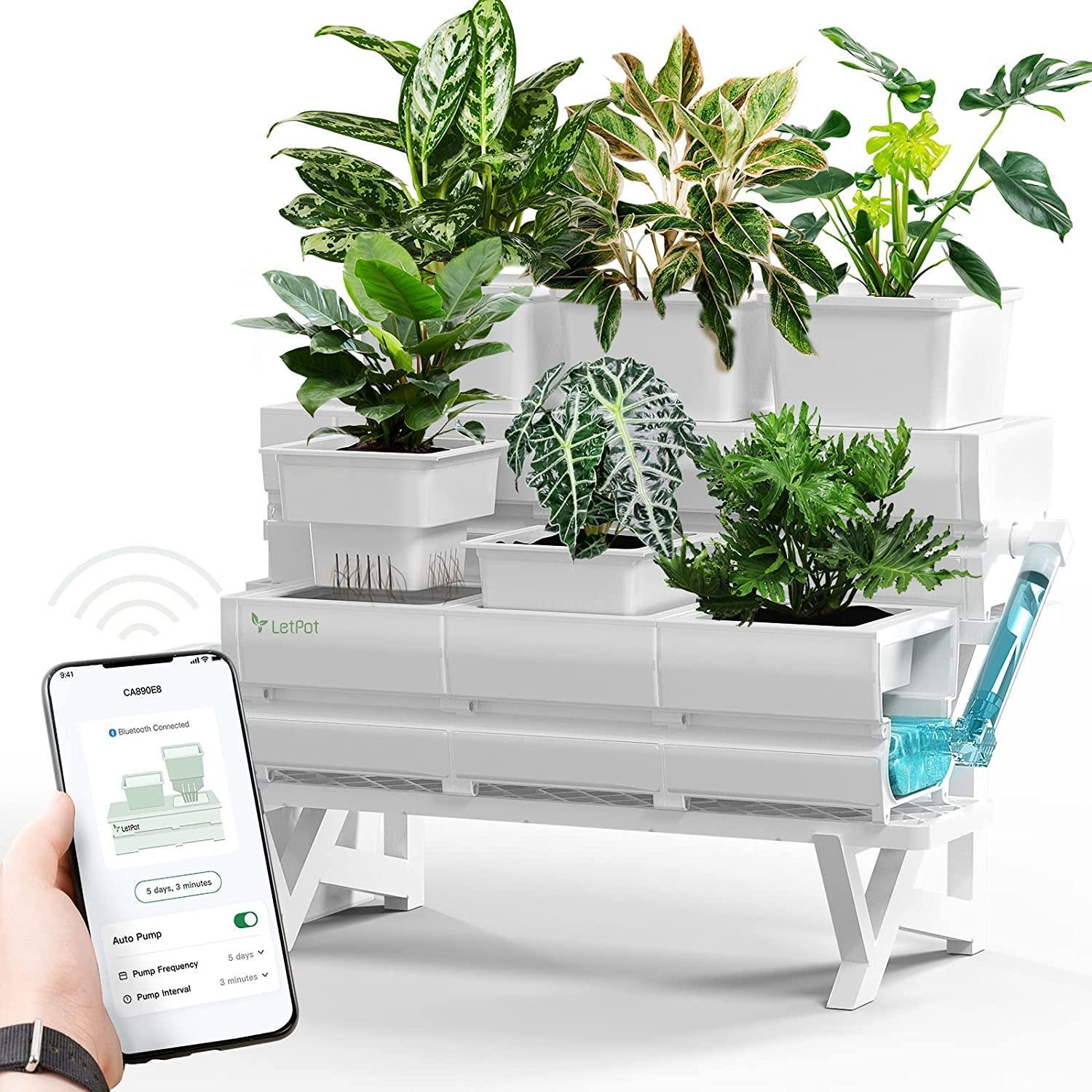
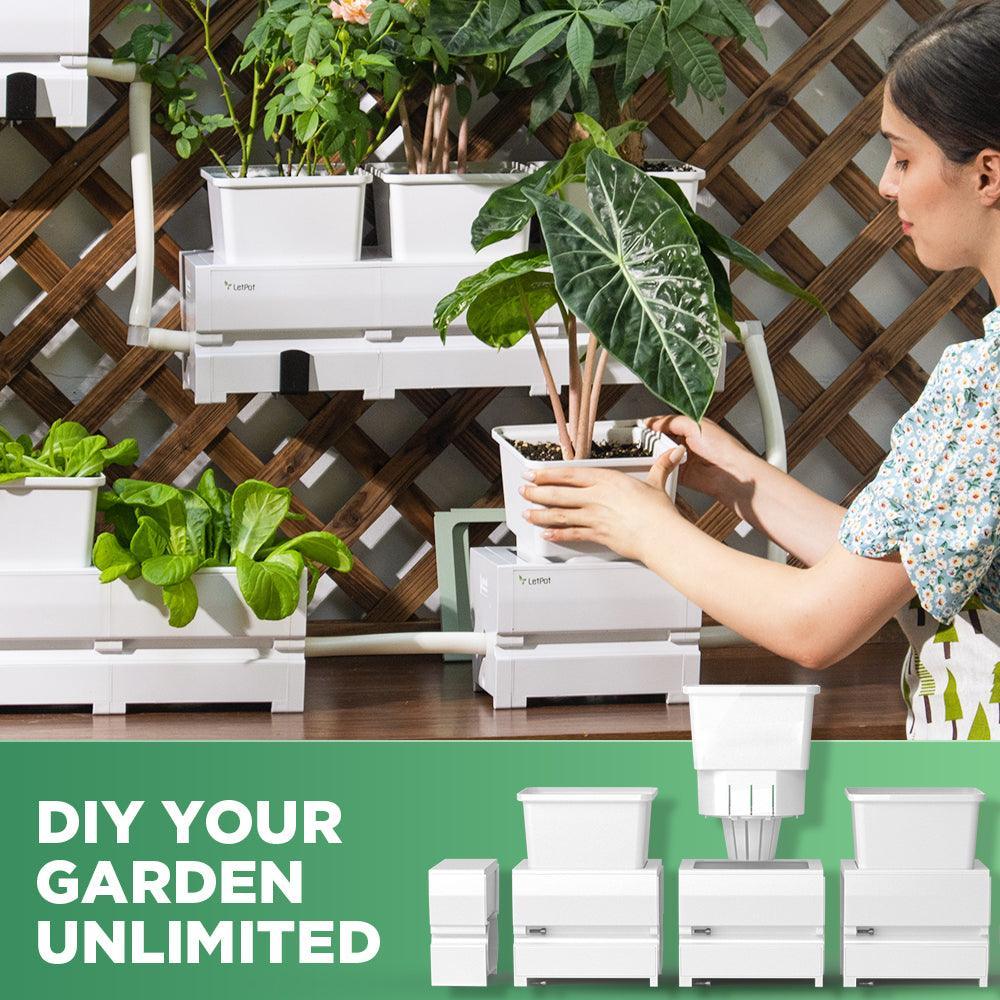
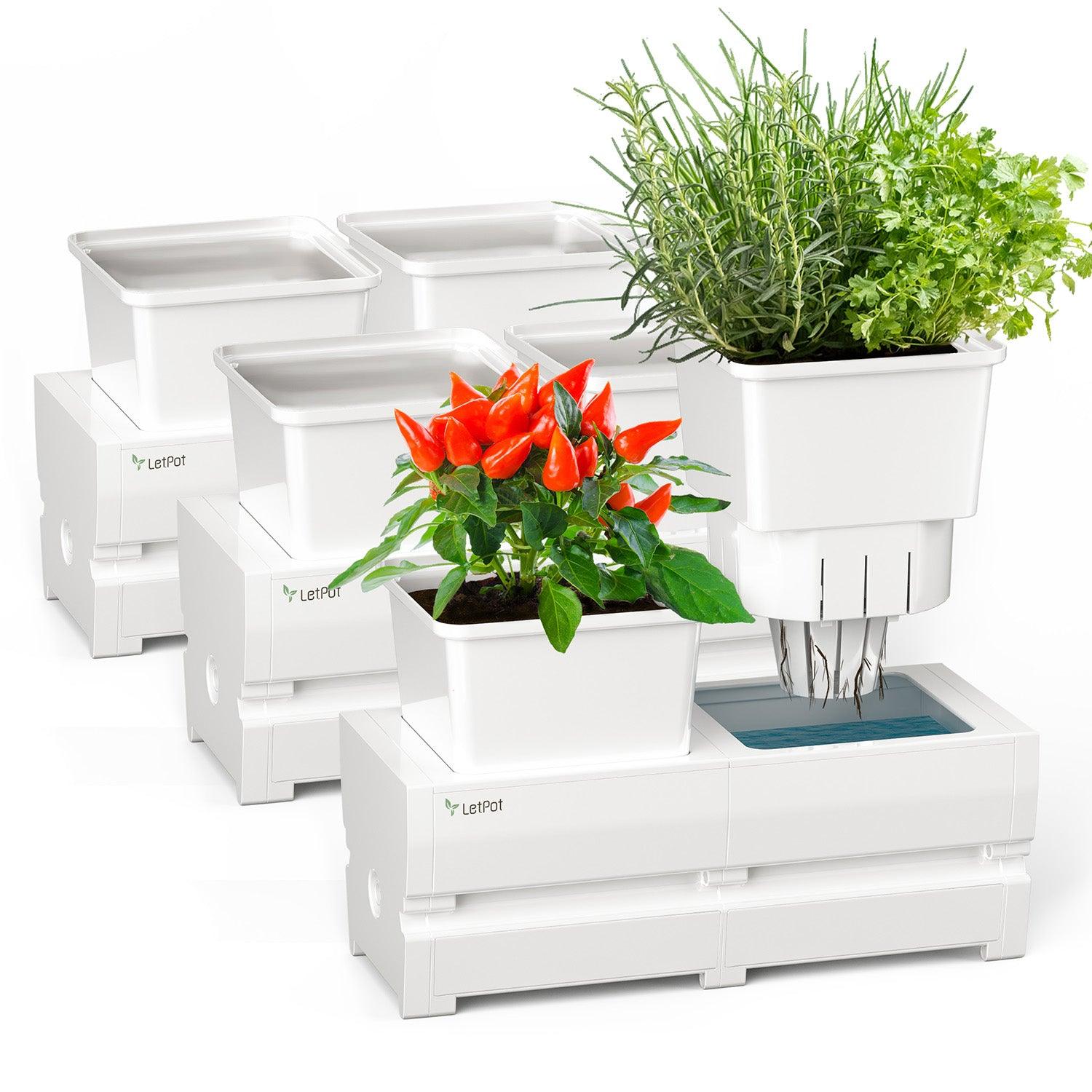
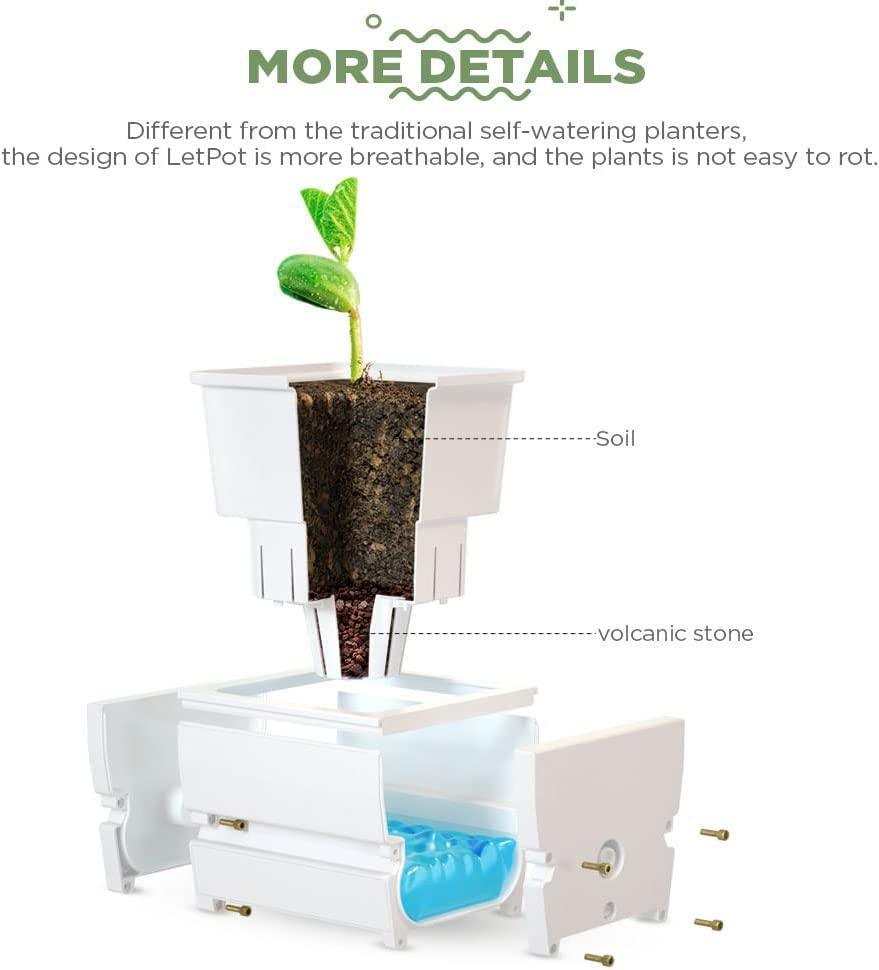
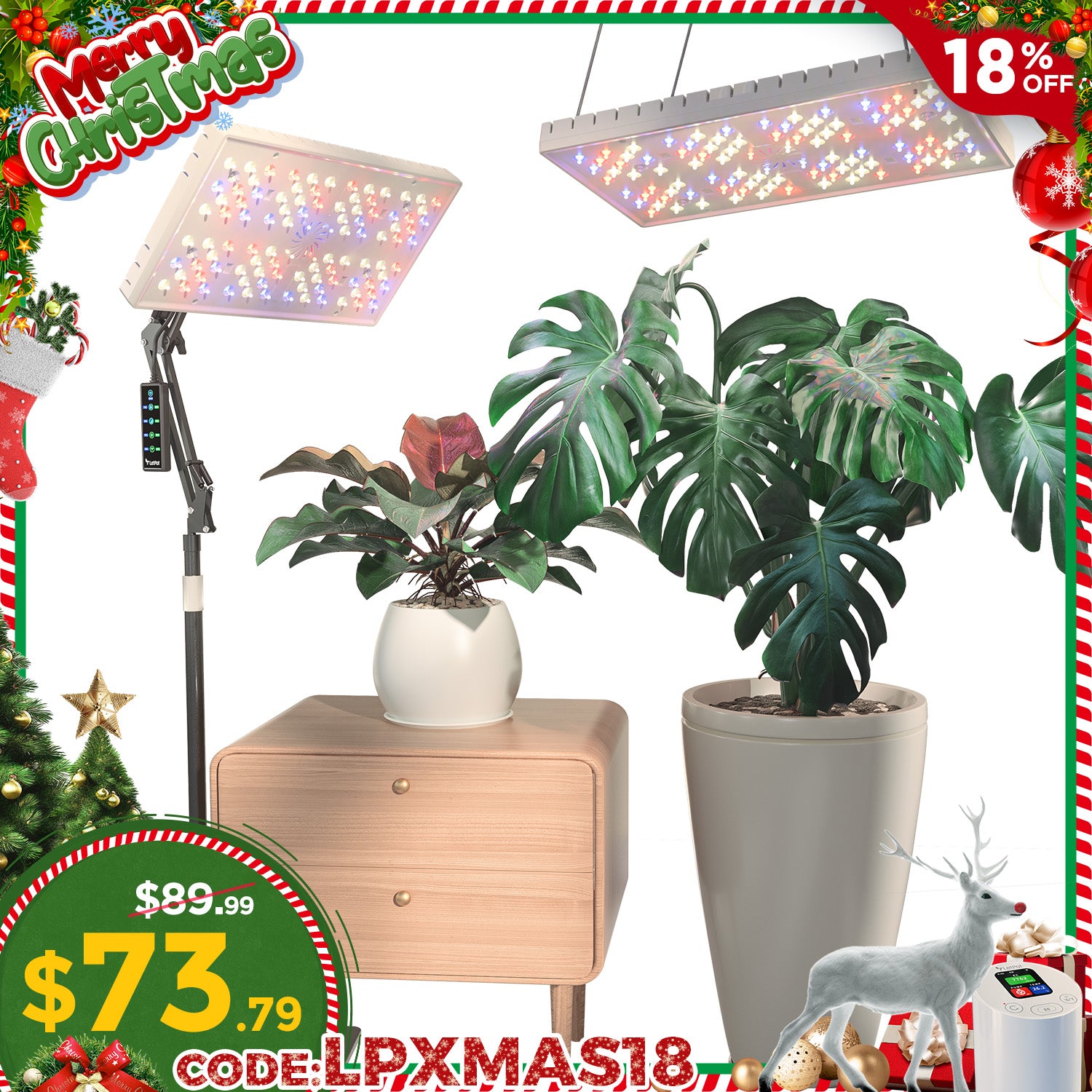
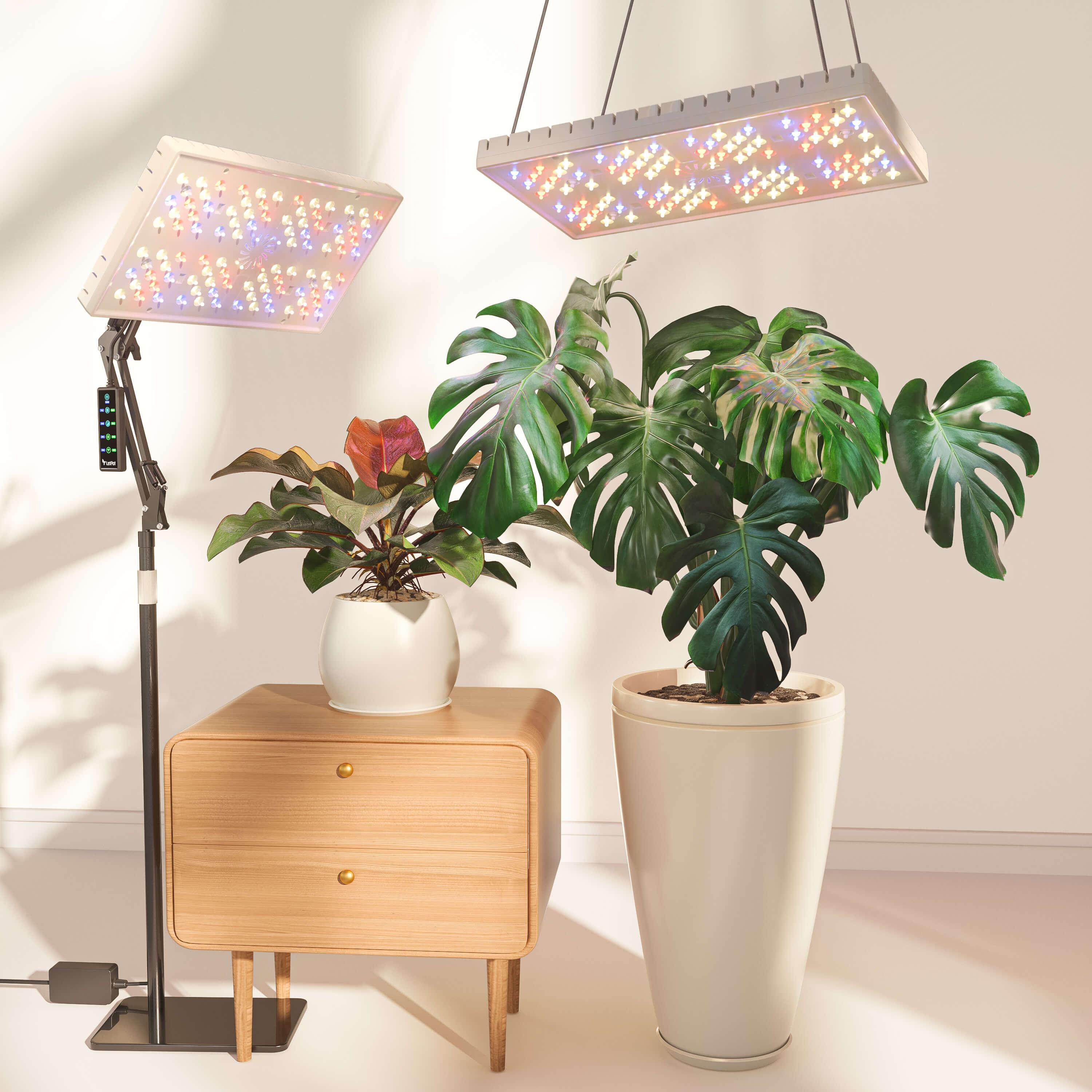
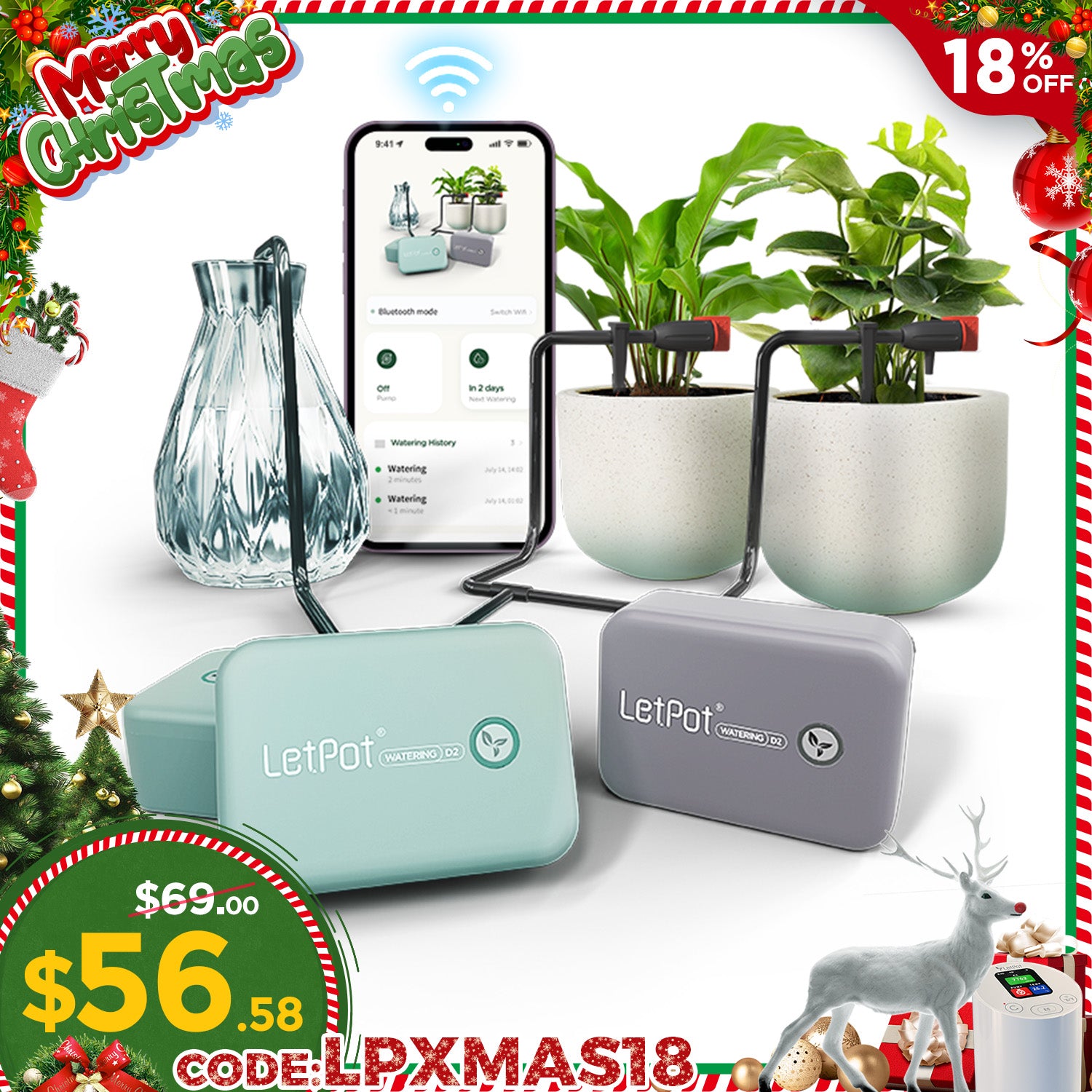
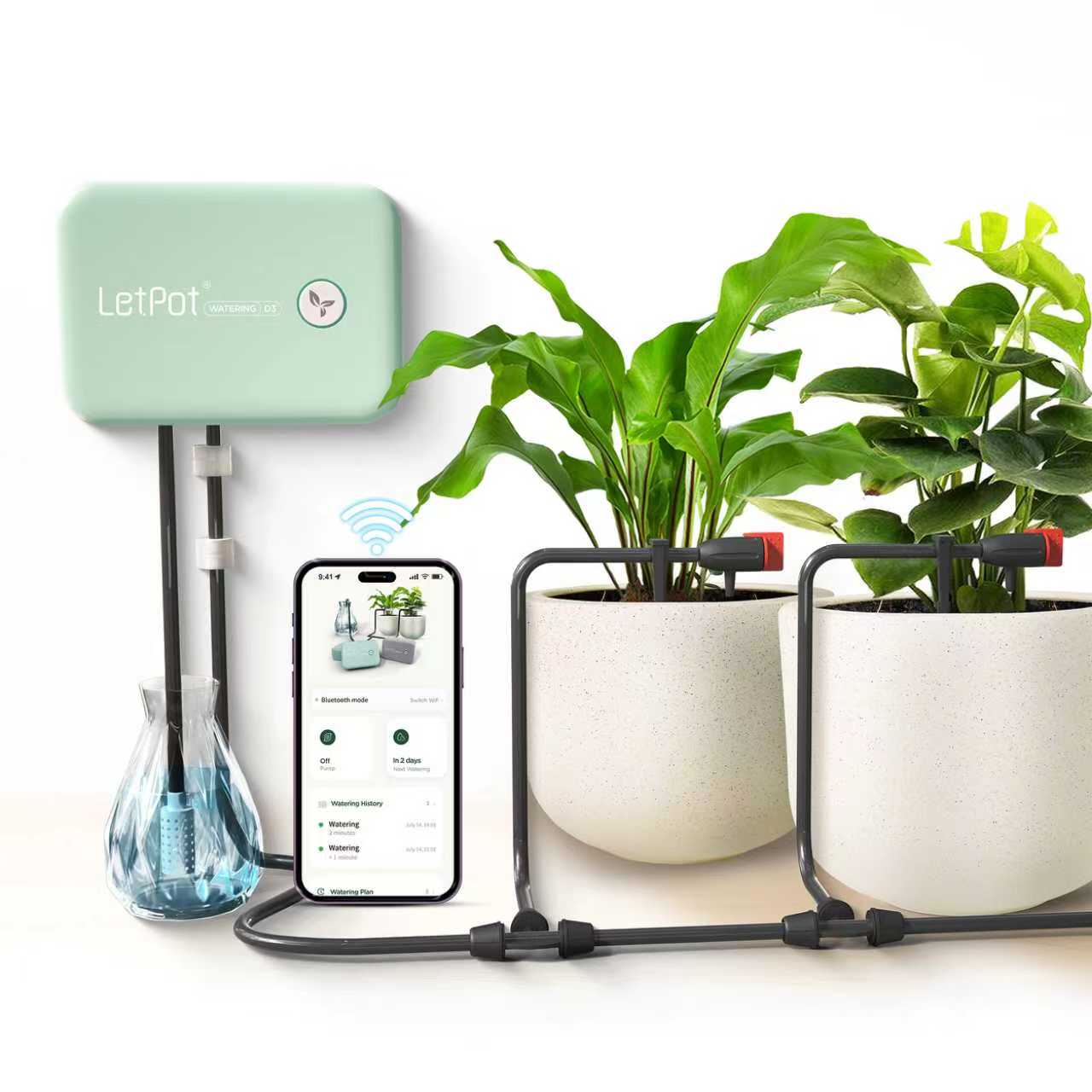
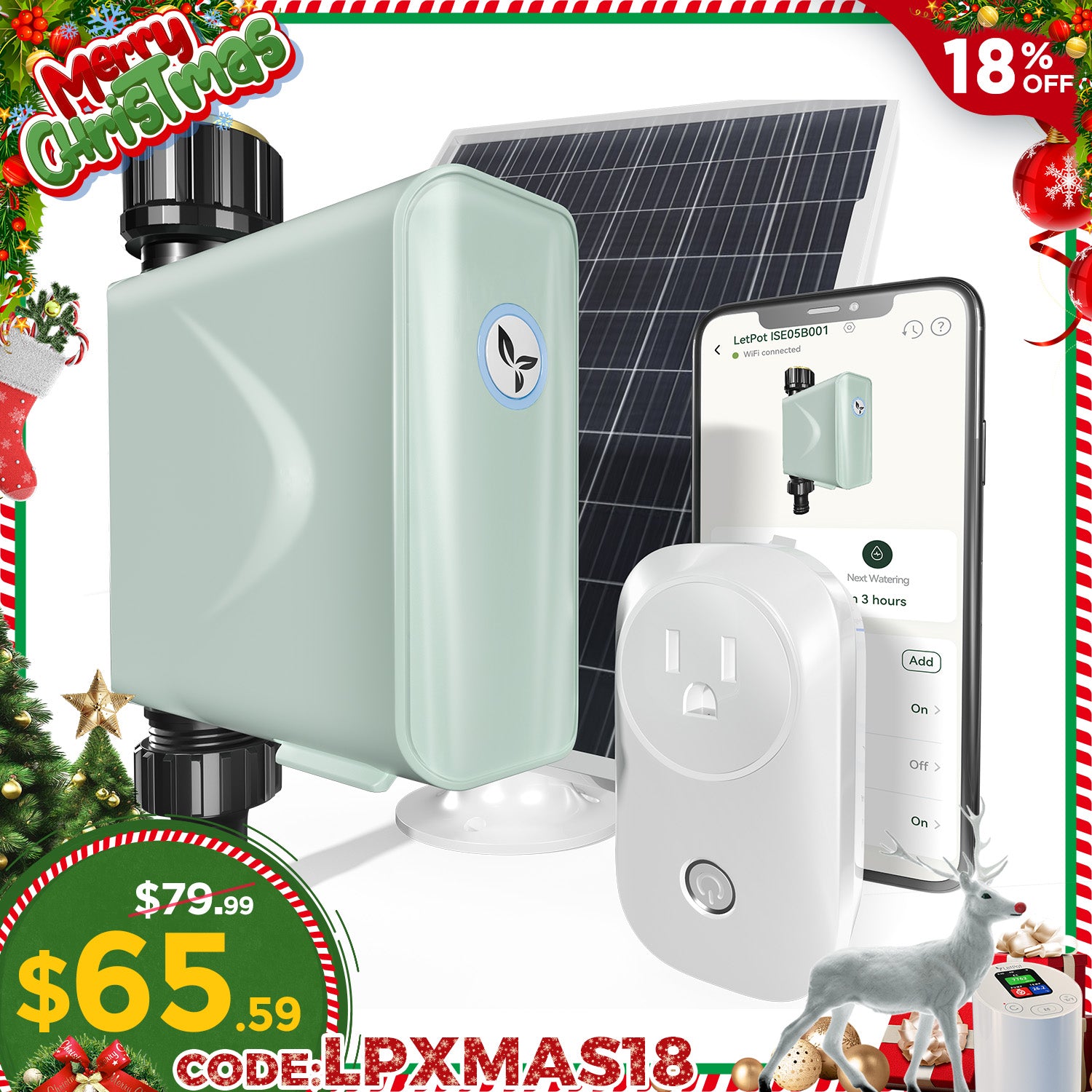
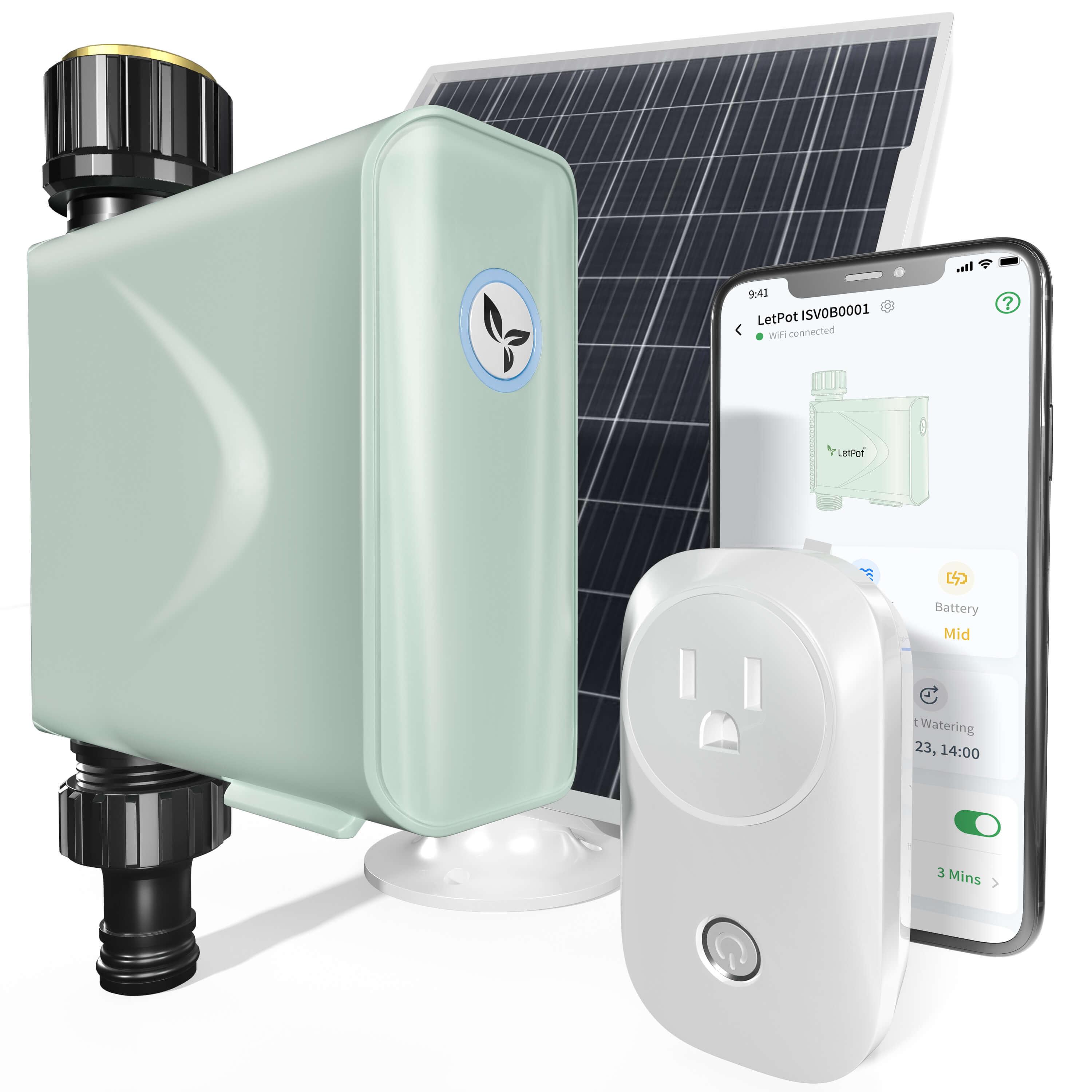

Leave a comment
All comments are moderated before being published.
This site is protected by hCaptcha and the hCaptcha Privacy Policy and Terms of Service apply.